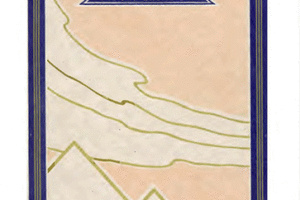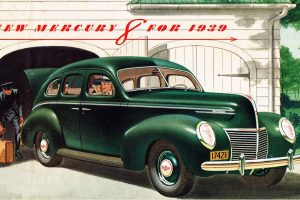By Ansen Automotive Engineering
This article was donated to the Flat-Spot by Tony Barron.

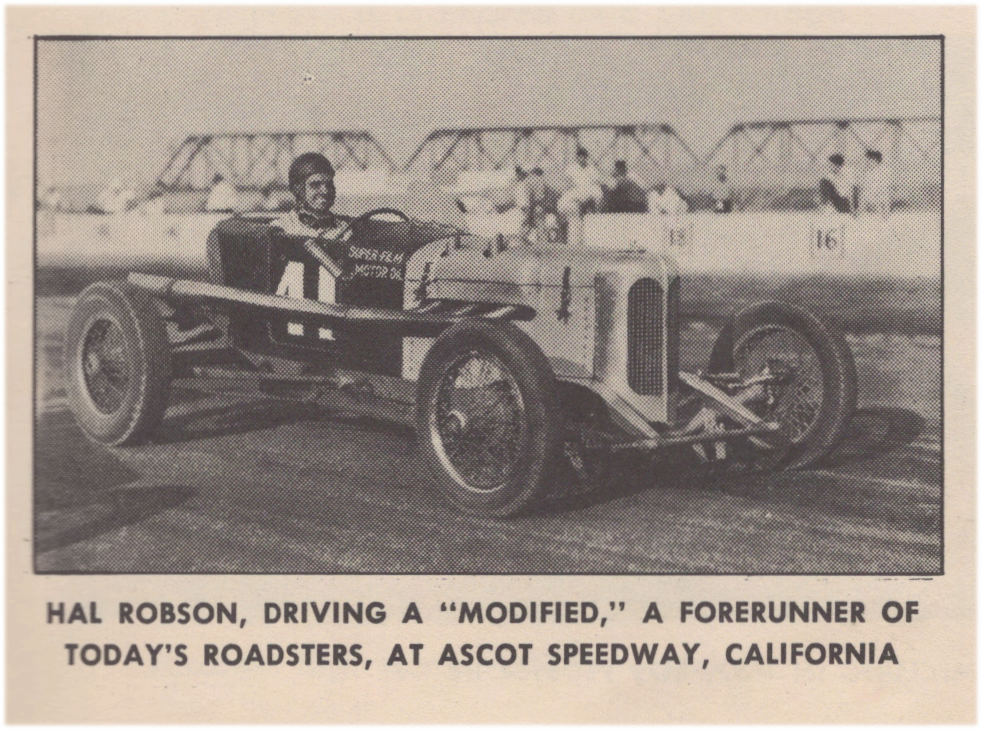
The Hot Rod movement began in Southern California in the early 1930’s. Most of the competition was between the members of the various clubs under the sponsorship of the Southern California and the Western (now Rusetta) timing associations. This was in the form of time trials run off on the dry lakes, with as many as 300 cars participating in one meeting.
The California Roadster Association, which was formed of car owners interested in amateur racing, was the first Hot Rod racing organization on the Pacific Coast after the war.
The first race of the C.R. A. was run on Labor Day, 1946, at the newly completed Gardena track. At that time it was a half mile dirt track. The drivers had only one day to practice before the race and many of the fifty cars that participated had never before been on a track. Most of the cars ran with conventional clutches and
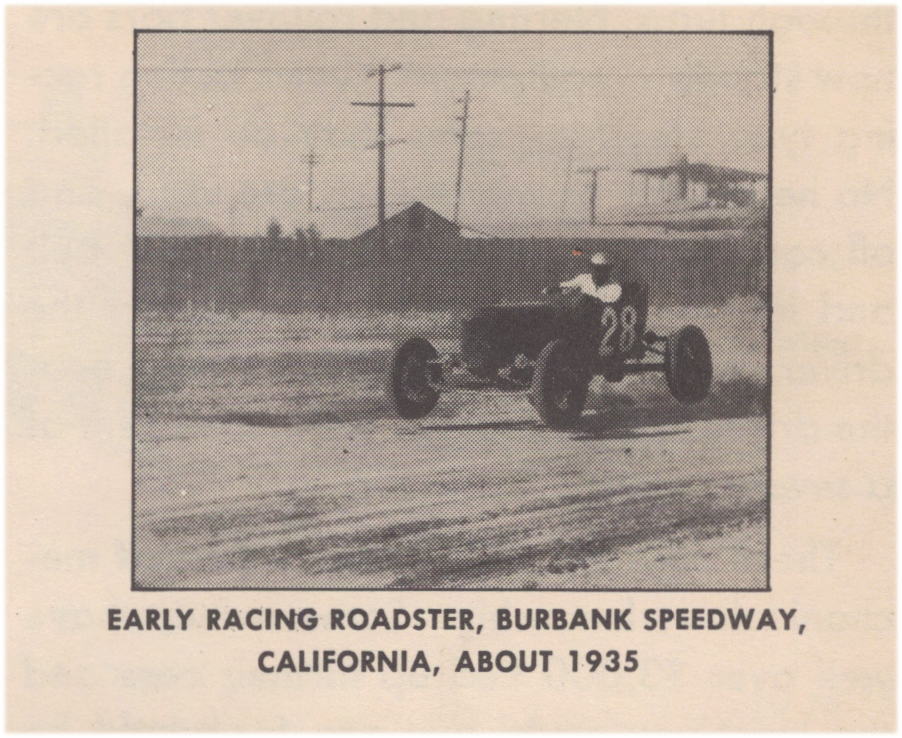
transmission; some of the qualifiers even sported radios and aerials. By the third race 95 cars had been listed with the C.R. A. and about 85 of them were on hand to qualify. By now, locked rear ends and other modifications began to appear. The change from street jobs to track cars had begun.
Mechanically the cars competing in roadster racing are as different today from what they were for their first race in ’46 as the old Model T’s were from their V-8 descendants. Old type street jobs with self starters and license plates still attached were gone from the tracks. The cars today are strictly track jobs and could not be run on the streets. They have only in-and-out gears, doing away with a clutch. To get started they must be pushed or towed, because starters, flywheels, and unnecessary machinery are all eliminated to cut down weight and allow greater horsepower. The cars feature relocated engines which have been moved rearward to obtain better handling. Engines are equipped with chopped cranks, quick change gear boxes or rear ends, and use from one to four carburetors, depending upon track regulations. Locked rear ends are used to retain control while broadsiding through turns. Nerfing and rollover bars are now standard equipment. Quick acting racing type steering boxes may be installed. No headlights or windshields are used, and all cars must be equipped with safety belt and ignition kill switch to help protect the driver. A fuel shut-off valve is installed near the driver to help prevent fire in the event of a severe crash.
These cars are superior examples of mechanical workmanship. Some owners have well over $3,000 tied up in their cars and the least you could buy one for would be about $1,500.
The boys still take stock motors to begin with, but what they do with them from then on is little short of a miracle. Henry Ford himself could never have foreseen the demand for “T” bodies or what has been done to them. The inner workings, mostly done by the boys who own and drive the cars, and including many inventions of the boys themselves, has brought the speed of the roadsters up to that of the midgets and big cars on many tracks.
Most of the C.R. A. drivers entered competition with no experience of any kind as to track racing and the success of the organization con be measured by the achievement of such outstanding drivers as Troy Ruttman; Jack McGrath, and Manual Ayulo. All three of these boys have carved a name for themselves not only in roadsters where they got their training but in midgets, big cars, and stock cars. Jack, Manuel, and Troy were entered in the Indianapolis 500, which is the ultimate goal of every race driver.
In the first full year of racing under the C. R. A. banner over $180,000 was paid out in prize money and approximately 250,000 were present to witness the growth of a new sport.
Going under the much publicized name of Hot Rods has been somewhat of a handicap in that the public has been slow to realize that these rods are not convertible to street jobs. Many people still confuse them with the “junks” responsible for so many accidents on the streets. The C.R. A. and both California timing associations are building up a good reputation and gradually overcoming this prejudice. They are now encouraged not only by the public but by the city and state police for the help they have been in letting the drivers work off their speed legitimately.
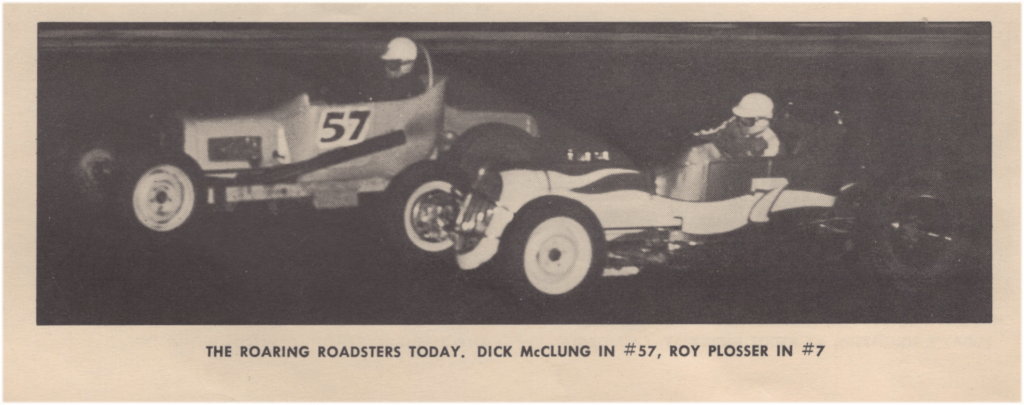
Was this article a help? Consider supporting the Flat-Spot by becoming a Premium Member. Members get discounts with well known retailers, a cool membership packet full of goodies and your membership goes toward helping us upkeep and expand on this great archive.





